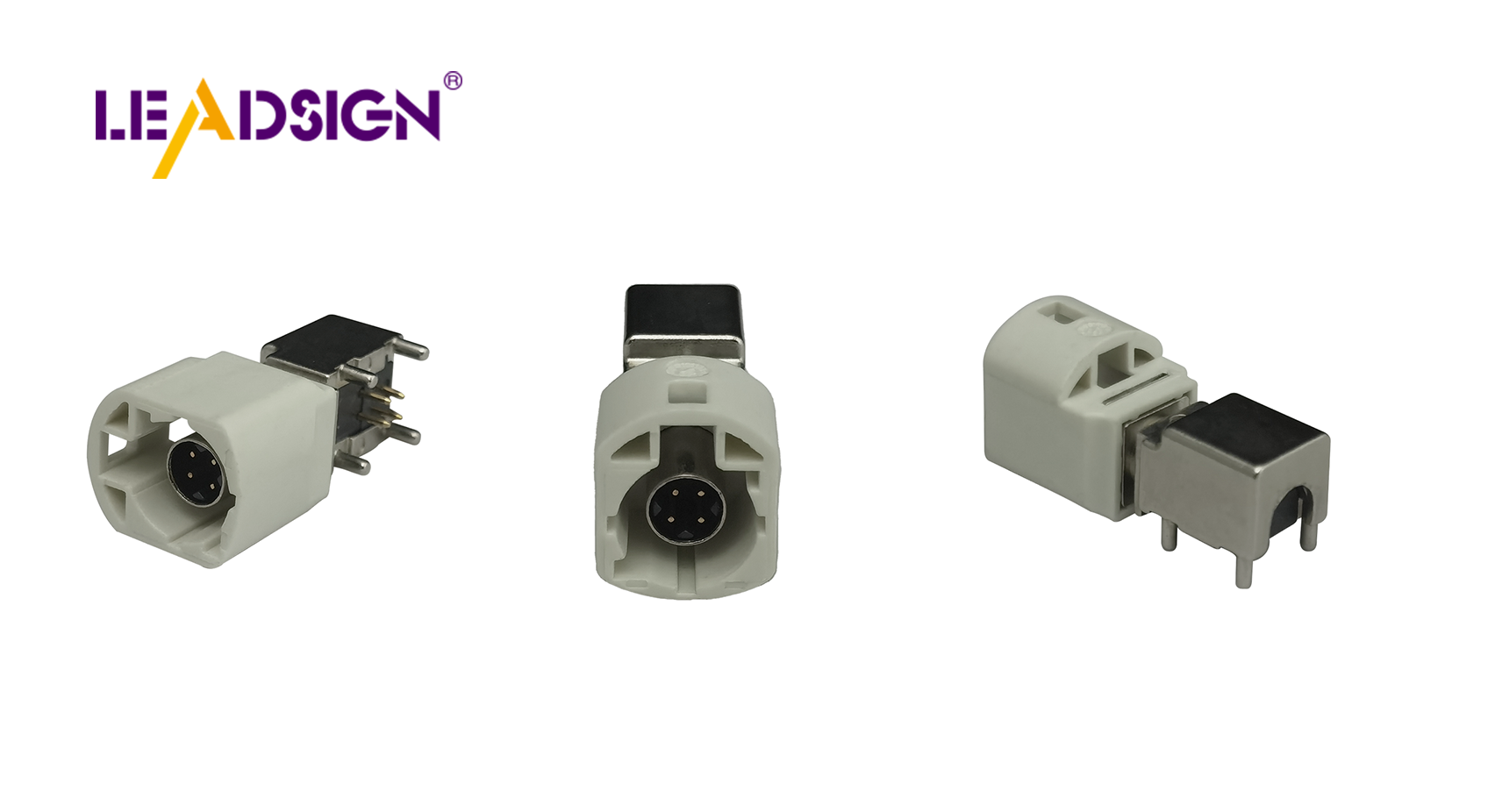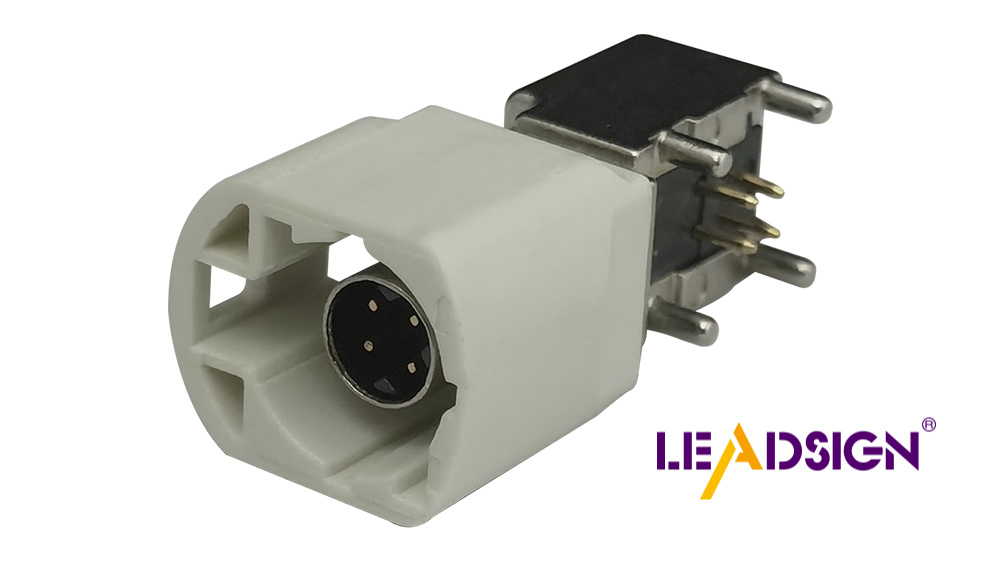Understanding Automotive Electrical Connector Standards

Automotive electrical connectors types are crucial in the automotive industry. They ensure that various types of electrical connectors in cars can properly interconnect. These connectors undergo rigorous testing, including vibration and heat tests, to ensure their performance in challenging environments. Standards like ISO/IEC 17025 emphasize the significance of testing for these connectors. Adhering to these standards enables manufacturers to produce safe and high-performing connectors, ultimately contributing to the safe and efficient operation of vehicles.
Overview of Automotive Electrical Connector Standards
Car electrical connectors are very important in cars. They help different electronic parts talk to each other. To keep things safe and working well, groups have made rules for these connectors.
Types of Automotive Electrical Connectors
SAE Standards
The Society of Automotive Engineers (SAE) makes rules for car electrical connectors. These rules cover both strong and weak electricity uses. They make sure connectors are safe and work well together. SAE has rules like USCAR2-7 that say what good connectors should do. They also have tests to check if the connectors are safe and reliable.
ISO Standards
The International Organization for Standardization (ISO) makes worldwide rules for car electrical connectors. ISO 15170 tells how to test and what is needed for these connectors, even those with up to four wires that twist-lock together. This rule checks if they can handle things like shaking and heat. ISO 8092-2005 is a basic rule that helps makers design and test car connectors.
USCAR Standards
The United States Council for Automotive Research (USCAR) makes rules just for North American cars. USCAR standards like USCAR2-8 focus on testing how well car electrical parts work, like terminals and connectors. These tests make sure the parts can handle tough car jobs, including checking how much resistance happens when two metal pieces touch.
Applications of Standards
Ensuring Compatibility
Rules for car electrical connector types help them fit in different cars from different makers. By following these rules, makers can create parts that fit easily into many car systems. This helps stop wrong connections and makes building and fixing cars easier.
Enhancing Safety
Safety is super important in making cars. Rules for car electrical connector types help keep things safe by making sure they can handle tough conditions like shaking or bumps. These rules require lots of testing to make sure the parts stay strong under pressure. By following these guidelines, makers help keep passengers safe and protect the car's electronic systems.
Technical Parts of Connectors
Strong Build
Car connectors need to be strong to work well and safely. They should last long, be tough, and handle the environment.
Lasting and Tough
Car connectors must be strong and last long. They have to handle stress and still work. Tests like bending and pulling check this strength. These tests show if connectors can survive car use. Bending checks if they bend without breaking. Pulling measures how hard it is to pull wires out. These tests make sure connectors stay working in different situations.
Handling Environment
Connectors also need to resist weather changes. They must handle things like temperature, wetness, and shaking. Tests for this include cold impact and staying safe from touch. Cold impact checks if they work in cold without breaking. Staying safe from touch means they don’t get damaged by outside things. These tests ensure connectors work well in many places.
Special Connectors
Different car connectors do special jobs in cars. The High-Speed Data (HSD) connector is one of them.
HSD Connector
The HSD connector is important for car electronics. It helps send data fast for cameras, USBs, and more. It has locks, crimp connections, and holds cables tight so they don't disconnect easily. Its design stops wrong connections, making systems reliable.
Other Usual Connectors
Besides HSD, there are other common car connectors too. They are used for music systems, networks, and phones in cars. Each type gets tested a lot to meet rules. For example, low-level contact resistance tests check how well electricity flows through them with little resistance at connection points ensuring systems work efficiently.
Testing and Performance Specifications

Car electrical connectors go through many tests. These tests make sure they are safe and work well in cars.
Reliability Testing
Testing makes sure car connectors work in tough conditions.
Vibration and Shock Tests
These tests see how connectors handle bumps and shakes. They copy what happens when driving on bumpy roads. Engineers test them like real-life driving. This way, they know if connectors stay strong and keep working.
Thermal Cycling Tests
These tests check if connectors can handle hot and cold. Cars get very hot or cold, like summer heat or winter chill. Connectors are heated then cooled over and over. This finds any weak spots that might break from temperature changes.
Safety Specifications
Safety rules make sure car connectors don't cause harm.
Electrical Safety Standards
These rules stop electrical dangers like fires or shorts. Engineers test how well connectors block electricity leaks. The tests show if they safely carry the electricity needed in cars.
Fire Resistance Standards
These rules make sure connectors don’t start fires in cars. Connectors must not catch fire easily or spread flames fast. They are tested with high heat and open flames to prove safety.
In short, testing is key for making safe car connectors. With these tests, makers ensure the best performance for car safety.
Automotive connector rules are very important. They keep things safe and make sure parts fit together. These rules help makers build strong connectors that work in tough places, like HVAC systems. The rules also help other industries needing strong connections. In the future, testing might get better and new tech will change things. As cars change, keeping strict rules is key for safety and good working systems. Automotive connector rules are very important.
See Also
Exploring HSD Connectors in Automotive Sector
Navigating Ford Fakra Connectors
Significance of Fakra Connectors in Modern Cars

